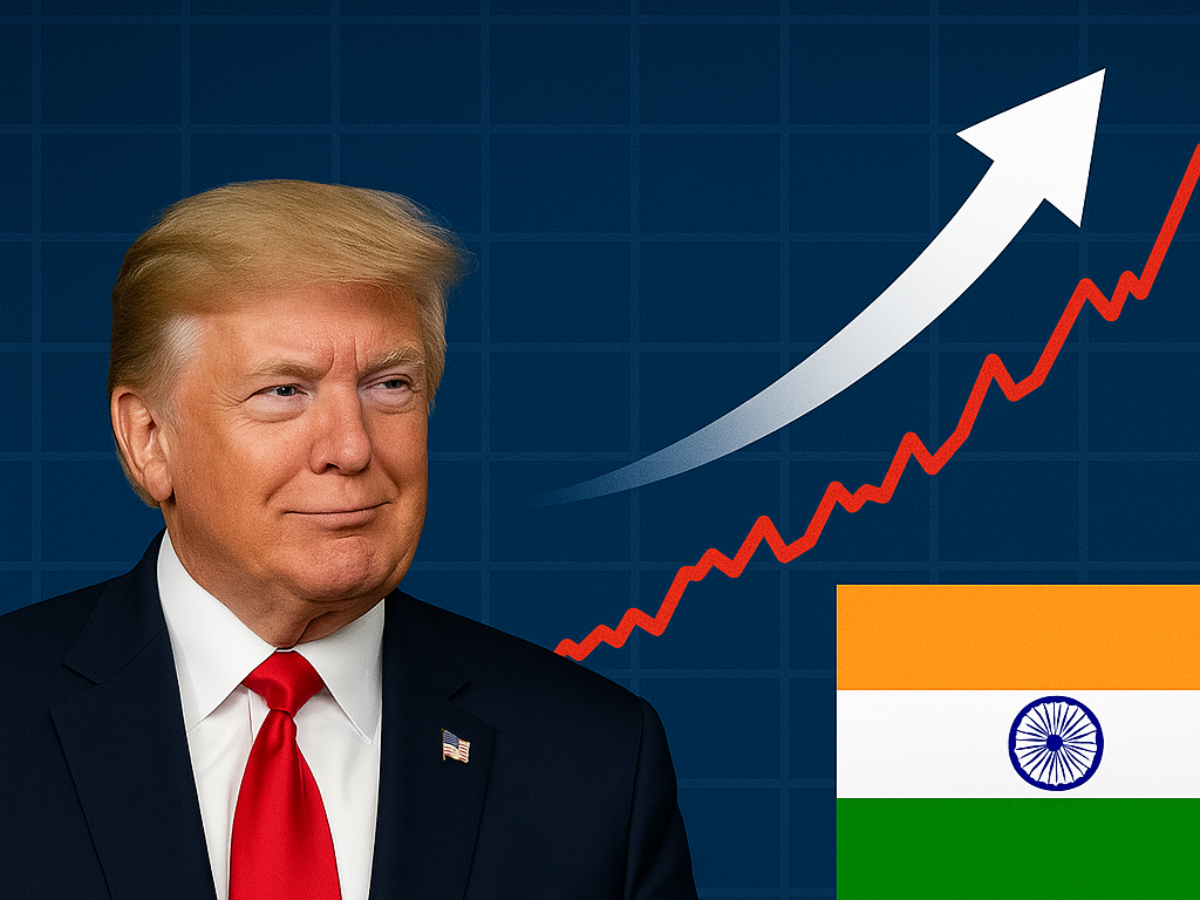- Policy
- 3 min read
Trump tariffs could prompt India to accelerate its strategic trade initiatives, say experts
As US President Donald Trump’s sweeping tariffs shake global trade, experts debate India’s next move. With a 26% levy looming, should India pivot its strategies, or can it turn this challenge into an opportunity for stronger global trade ties? Here’s what they say.
The recent announcement of significant tariffs by US President Donald Trump is expected to realign global trade and manufacturing value chains. India, with a 26% tariff rate plus a 10% baseline duty, stands somewhere in the middle compared to other countries affected, opined experts.
In a sweeping move that has reverberated across global markets, US President Donald Trump announced a comprehensive set of tariffs targeting both allies and adversaries. The new measures aim to address what Trump describes as unfair trade practices, with India facing a 26% tariff on its goods entering the US, alongside a universal 10% baseline tariff on all imports. This blanket measure contrasts with targeted tariffs on specific products and nations.
Trump's approach introduces a concept of "kind reciprocity," aimed at fostering fairer trade relationships. Notably, the tariffs include a 25% levy on foreign-made automobiles, signaling an intent to bolster US manufacturing and reduce dependence on imports, including those from India.
India's Resilience Amid the Storm
Despite the looming challenges, Indian experts argue that the country's export competitiveness remains resilient. ASSOCHAM President Sanjay Nayar remarked, "Net-net, it appears India's export competitiveness to the US market stands far less impacted on a relative basis. Yet our industry should make concerted efforts to increase export efficiency and value addition to mitigate the impact of these tariffs."
Nayar also highlighted the broader global implications, stating, "Since most American trading partners have planned to levy reciprocal tariffs, no country gains a clear advantage, while consumers may face higher prices, leading to inflationary pressures." This underscores the interconnected nature of global trade, where the ripple effects of tariffs extend beyond national borders.
Strategic Responses: Turning Challenges into Opportunities
Experts believe the tariffs could catalyze India to accelerate its strategic trade initiatives, particularly in negotiating preferential agreements with the US Nayar suggested, "The way forward could be a quick preferential trade deal, considering that President Trump still respects the leadership of PM Modi." This sentiment reflects India's proactive stance in leveraging diplomatic ties to mitigate the adverse effects of the tariffs.
Harsh Bhuta, Partner at Bhuta Shah & Co LLP, acknowledged the immediate setbacks: "The imposition of a 26% tariff on Indian imports is an undeniable setback, particularly given recent diplomatic efforts to avert such measures." However, he emphasized the potential for growth: "This development could serve as a catalyst for Indian businesses to enhance value addition, move up the export value chain, and invest in innovation."
Sector-Specific Impacts and Economic Analysis
Madhavi Arora, Chief Economist at Emkay Global Financial Services Ltd, provided a nuanced analysis, noting, "India faces a 26% tariff, while China grapples with a staggering 54% (20% previously imposed + 34% announced today)." She explained that the US appears to base these tariffs on trade deficits rather than the actual tariff levels imposed by each country, adding complexity to the global trade landscape.
Arora also pointed out that certain sectors, such as pharmaceuticals, semiconductors, and energy, are spared reciprocal tariffs, offering some respite amid the turmoil.
Macro and Market Implications
The broader economic repercussions of these tariffs could be profound. Arora warned, "The trade-led U.S. recession could drag down global markets. There is no real winner—not even relatively."
Key market implications include:
A potential strengthening of the US dollar due to its counter-cyclical nature.
Increased risk premiums for emerging markets.
Heightened volatility in global financial markets, with shifts in currency dynamics and investment flows.
The Road Ahead: Adaptation and Resilience
While the tariffs present undeniable challenges, they also offer an opportunity for India to reassess and strengthen its trade policies. By focusing on enhancing domestic industries, boosting value addition, and negotiating strategic agreements, India can turn adversity into an advantage.
As Nayar concluded, "India Inc. will work closely with the government towards this matter, aiming to turn challenges into opportunities for growth and resilience." This optimistic outlook underscores India's potential to navigate the evolving global trade landscape with agility and strategic foresight.









COMMENTS
All Comments
By commenting, you agree to the Prohibited Content Policy
PostBy commenting, you agree to the Prohibited Content Policy
Post